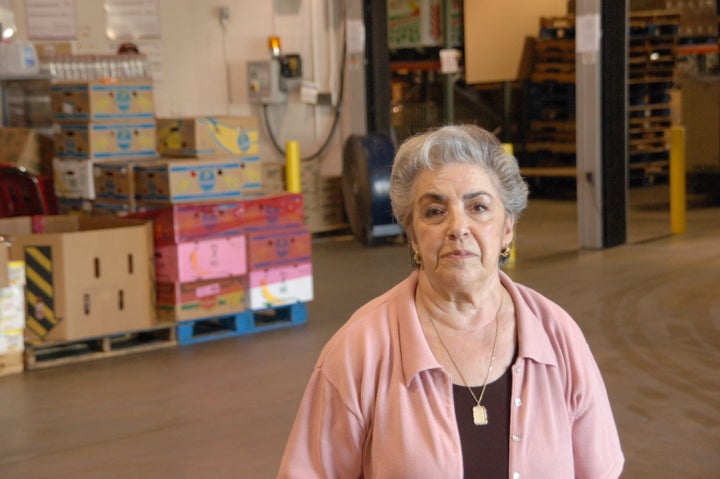
FREDERICKSBURG, Va. -- Oya Oliver knows exactly what everything costs, from the price of a box of 100 small Slim Jims -- $14.79 -- to her electric bill for keeping up to 80,000 pounds of perishable items cool or frozen -- $1,800 to $2,200, depending on the month.
She has to. As executive director of the Fredericksburg Area Food Bank, Oliver partners with more than 75 local groups to provide food to about 40,000 people in this river city and four nearby counties. That's a daunting task anywhere, but it's especially difficult here in a largely rural part of northern Virginia.
Fredericksburg, probably best known as a Civil War battleground, is not a place where many companies have their headquarters, and it's not home to food manufacturers or distributors either. Lots of people here commute to jobs elsewhere in Virginia or Washington, but that doesn't help bring corporate dollars to the local food bank. It sometimes seems to Oliver that she and the local needy population are just a bit too far from the nation's capital and its immediate suburbs to get anyone's attention.
"A lot of other food banks, they get big-time donations from companies," said Oliver, 70, who was born in Turkey and has run this food bank for more than 20 years. "We have to depend on the people around here."
Close to 75 percent of this food bank's roughly $1 million annual budget comes from private donations. Without much corporate support, that means Oliver spends much of her time organizing fundraisers and soliciting local governments for small grants. She still approaches companies, and managed to get Kraft Foods to donate a $124,000 mobile food-pantry truck that was delivered in July.
But she is wary of companies and their fleeting support. When Capital One, the country's eighth-largest bank, moved its call center from here to India, it also cut off its $105,000 annual donation to the food bank's programs for school-age children.
And so Oliver, who also works as a realtor, focuses on running the food bank as nimbly as possible. Mary Kay Errington, the programs coordinator here, laughs when asked whether her boss keeps a close eye on finances.
"Oya's fantastic, and she's always behind us. When we have a new idea, her first question is, 'How can we make it work?' And then she figures out a way to find the money," Errington said. Aside from the two of them, there are 11 employees at the food bank and four truck drivers. Volunteers help as well, including Oliver's husband, who delivers food to the elderly.
For her part, Oliver says it's getting a lot harder to make things work. Just as her real estate business is struggling -- she usually sells four properties a month, but it's looking like she'll just sell four this entire year -- donors are "protecting themselves" by giving a little less even as the demand for food among the unemployed and working poor is rising.
As she walks around her 32,000-square-foot warehouse, formerly used by a beer company, she looks at empty shelves and isn't sure what to think.
"I don't know if it means we should have more," she said, "or that we're getting everything out to the people who need it."
This post is part of Patch: The Road Trip. Read Arianna Huffington's introduction to the project, and be sure to follow Paul on Twitter and MapQuest.